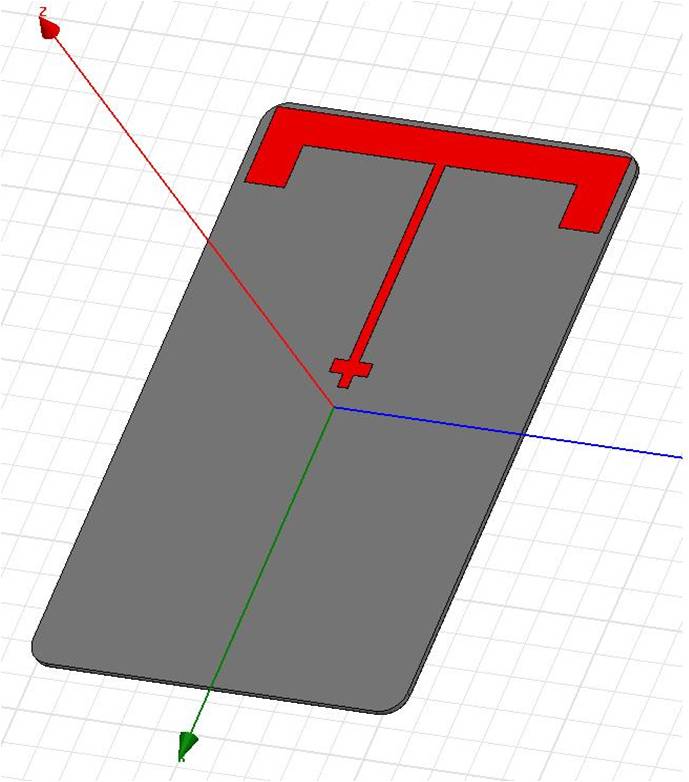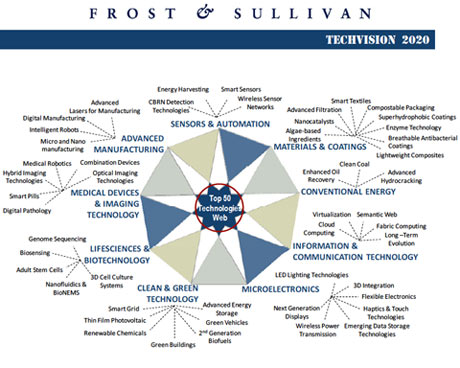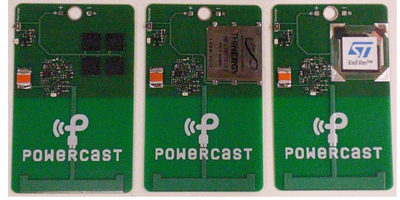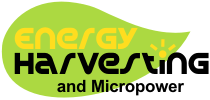Building better M2M devices through antenna optimization

“The process of building a better M2M (machine-to-machine) device - one that not only fits the application scenario but also performs well in the field - starts with choosing the right antenna.”
“This article discusses the important process of antenna selection, how to incorporate antennas in M2M devices and the recipe for connectivity success.”
Your college essay editor will help you stand out by focusing your writing on what matters most. Your writing will be clearer and sharper than the students you are competing against. This service is designed to help you fix problem areas while strengthening and improving your writing.
If you're looking for a professional editing service, this is it! Our editors have years of experience, and they know what it takes to make you shine as a writer.
We are confident that our editing services will improve the quality of your work, so we guarantee that all essays we edit are 100% original.
Antenna selection is even more important for RF-based wireless power transmission as communication receivers have significantly better RF sensitivity than RF harvesting receivers
PWST and High Function RFID
The embedded slides were presented by Powercast at the Sensors Expo in Chicago on June 6, 2012. The presentation covers how RF power harvesting enables passive wireless sensor tags (PWST) and high-function RFID. What is high-function RFID? There’s no official definition, but view it as a class of devices that uses RFID for communications but also includes numerous other components for advanced functionality. The additional components may require significantly more power than is available from a regular RFID chip, and a battery may not be desired. RF power harvesting from and RFID reader can provide the extra power needed for these devices.
PWST and High Function RFID from Powercast
915MHz Credit Card Antenna
Powercast designed a high-performance 915MHz antenna to fit onto a credit card sized device. The antenna can be connected directly to a Powerharvester module and it uses about 40% of the PCB area. When used for Powerharvesting this design is for receiving only and does not support data transmission. Contact Powercast for more information.

EE Times 20 Hot Technologies for 2012

EE Times has recently release a list of their selected 20 Hot Technologies for 2012:
1. MEMS
2. Wireless Sensor Networks
3. Internet of Things
4. Plastic Electronics
5. Near-Field Communications (NFC)
6. Printed Electronics
7. Energy Harvesting
8. Graphene
9. Next-generation non-volatile memory
10. Processors
11. Graphics and GPGPU
12. EUV Lithography
13. Solar conversion
14. White space radio
15. LTE
16. 40/100 Gbit/second Ethernet
17. Mobile OSes with Android
18. AMOLEDs
19. Smart grid technologies
20. 3-D ICs
Wireless Charging and Energy Harvesting among Top 50 Tech Trends
Frost & Sullivan has recently released a report detailing the Top 50 Tech Trends. Included among them are Wireless Sensors, Energy Harvesting, and Wireless Charging.
 Read more…
Read more…
Wireless Power for Remote Monitoring

Powercast recently presented (09/21/2011) at the Remote Monitoring & Control Conference in Nashville, TN. The cost of installing wiring can range from $200 per device to >$1000 per foot in some industrial environments. In either case, wireless power transmission over distance using RF energy can potentially be a suitable alternative to running wires or replacing batteries.
Conference overview | Powercast presentation (PDF)
Electronic Products - RF Energy Harvesting and Wireless Power

An article by Powercast titled “RF Energy Harvesting and Wireless Power” was published by Electronic Products.
“The market growth of low-power wireless devices particularly sensors is driving tremendous interest in using energy sources that can power the devices autonomously. The cost of running wires and the future cost of replacing batteries have discouraged users from widely deploying a verity sensor-based devices.
While solar has been widely used for years to power remote devices, several other types of energy-harvesting approaches have emerged for micro-power applications including vibration, thermal, mechanical, and RF. Of these technologies, RF energy is the only one that can provide either an intentional or ambient power source for wire-free or battery-free applications.”
RF Energy Harvesting Perpetually Powers Wireless Sensors

Both ECN and Wireless Design & Development (WD&D) have published a recent article by Powercast titled “RF energy Harvesting Perpetually Powers Wireless Sensors”, which looks at using broadcasted RF energy as a reliable long-term power source for battery-less wireless sensors.
Read more at EDN | Read more at WD&D

Powercast demonstrates wireless charging of credit card size smart cards

Powercast exhibited at the Sensors Expo 2011 and demonstrated using RF energy harvesting to wirelessly charge credit card size devices. The devices are representative of high function, rechargeable smart cards and contained rechargeable thin-film batteries - CYMBET EnerChip, Infinite Power Solutions THINERGY, and STMicroelectronics EnerFilm.
The video below shows the rechargeable smart card devices receiving charge from an RF transmitter. The transmitter was on the floor under the table.
For more wireless power videos visit Powercast’s channel on YouTube.
RFID Journal reviews Powercast’s Battery-less Wireless Sensor System

An article in RFID Journal recently reviewed the Powercast Lifetime Power Wireless Sensor System which has battery-less wireless sensors (passive wireless sensor tags) powered by RF energy.
“Powercast Corp. is marketing active RFID sensor tags that harvest power from RF signals. The system includes an RF transmitter that provides power signals to sensor tags, and a gateway that receives information transmitted by those tags. The company’s focus is on developing solutions for the wireless transmission of sensor data, such as what is required by data centers. In this case, rather than using wired sensors or traditional active RFID tags to send sensor data regarding a room’s conditions, the Powercast system simply uses continuous RF signals to charge a battery or capacitor built into a sensor tag. The solution, known as the Lifetime Power Wireless Sensor System, targets the heating, ventilating and air conditioning (HVAC) sector, as well as other building-controls industries, by providing a solution for acquiring data from sensors for heating and air-conditioning, lighting controls, access controls or other building automation.”











 LinkedIn Group
LinkedIn Group